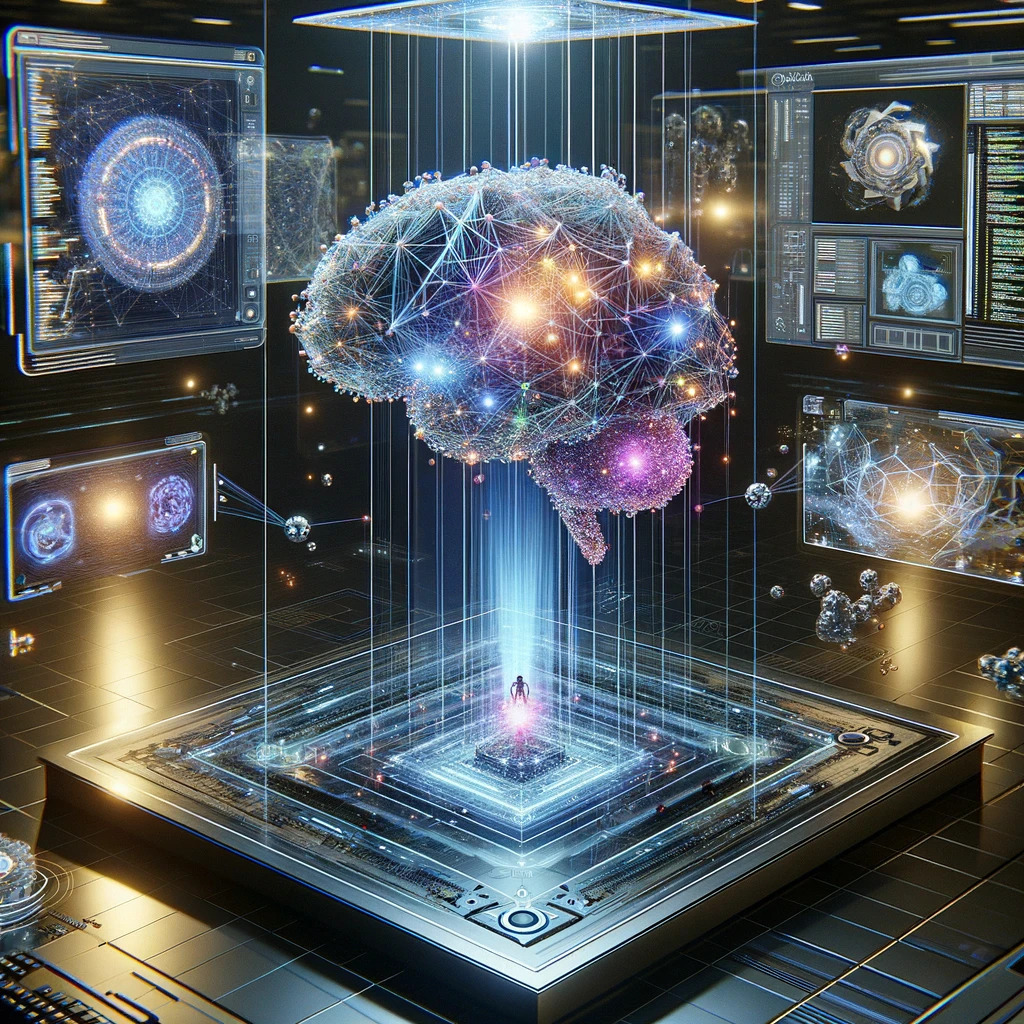With ChatGPT, you can create ready-to-print STL files, code for 3D models that can be opened using scripting-based 3D modeling software such as OpensCAD or create Gcode files without a 3D slicer.
Generating 3D models programmatically requires an understanding of 3D geometry and the use of a programming language that can manipulate 3D objects. For example, Python is often used with libraries such as PyOpenGL or Blender's Python API to create and manipulate 3D models.
Here’s a very basic example of Python code using the bpy module in Blender to create a simple 3D cube:
import bpy # Define the size of the cube size = 1 # Add a cube with the specified size at the origin bpy.ops.mesh.primitive_cube_add(size=size, enter_editmode=False, align='WORLD', location=(0, 0, 0)) # The new object is now the active object in the scene cube = bpy.context.active_object # Set the name of the object cube.name = 'MyCube' # Now you can perform various operations on the cube # For example, let's translate the cube along the x-axis cube.location.x += 2.0This script would be run within Blender’s scripting environment to create a cube and move it along the x-axis.
For more complex models, such as those generated from data or through procedural generation techniques, you would need a more elaborate script that defines the vertices, edges, and faces of the model and how they connect to form the 3D shape.
If you want to create 3D models from textual descriptions using AI, you would need access to an AI model that is capable of understanding the descriptions and translating them into 3D data.
You can try the following:
https://chuny1.github.io/3DGPT/3dgpt.html
